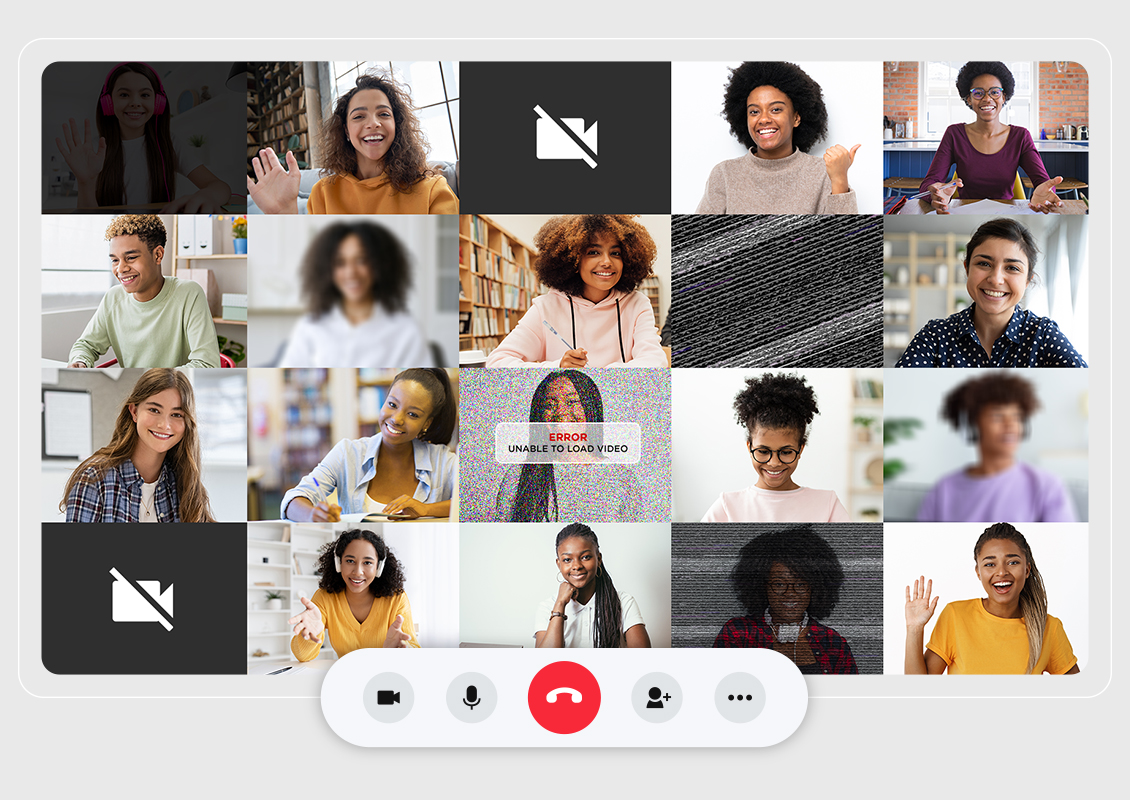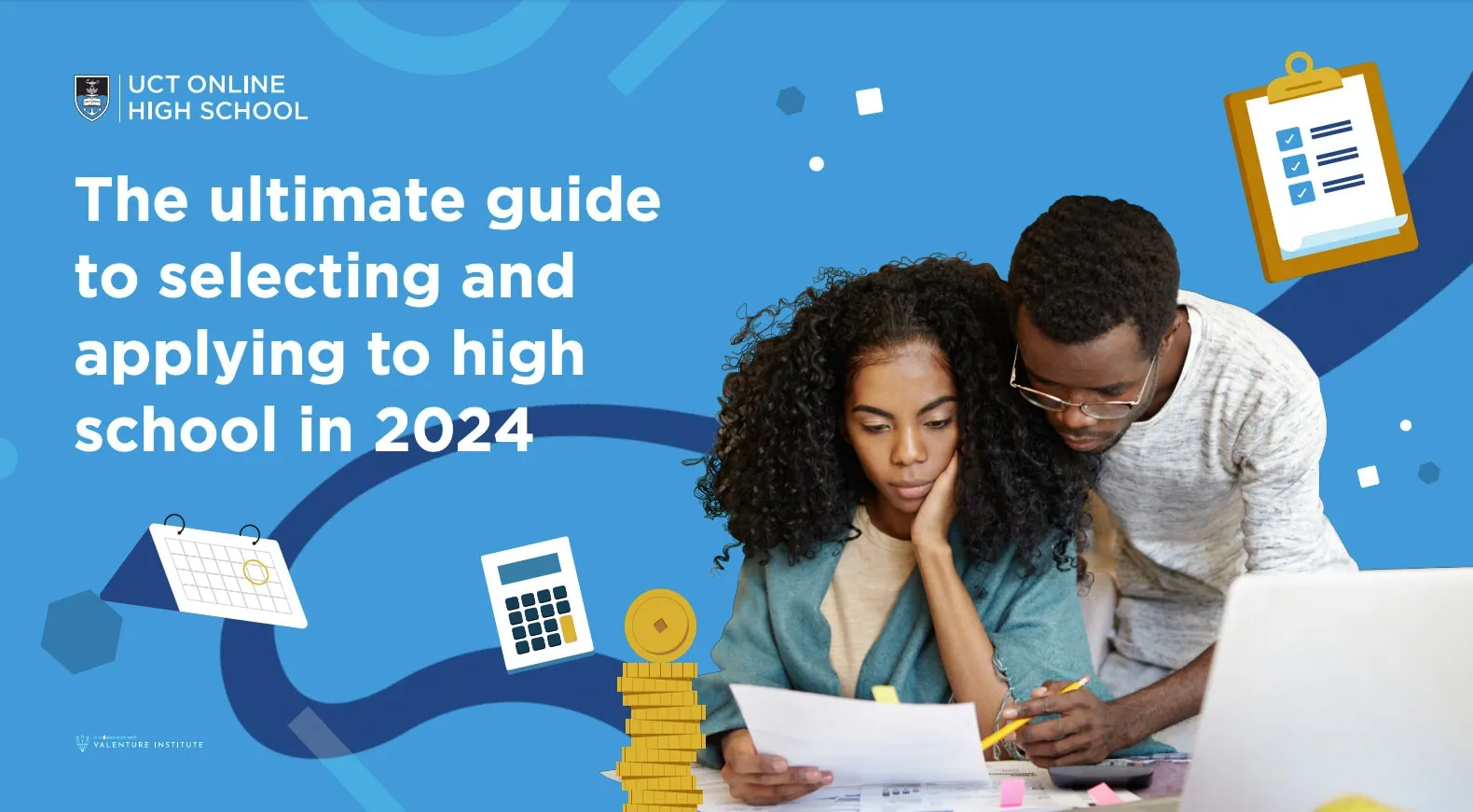No live lesson is a guarantee of quality, whether at an online high school or in a traditional, brick-and-mortar, classroom. Most of us remember the fear of being humiliated by a teacher in class, or a dreary lecturer who bored us to sleep. Live online lessons can be just as awful, in their own way; all participants’ cameras off and microphones muted, leaving you wondering if you’re the only one present.
Considering online live lessons as a measure of quality is a mistake. It assumes that traditional classroom teaching and online learning are equivalent, overlooking the real focus: which teaching methods are most effective for learners' success?
Live lessons: Not a guarantee of quality
Traditional schools consist of physical classrooms and facilities where students must attend live lessons. They have to travel to school every day, which can be challenging for them and their families. On the other hand, online schools are not limited by such constraints. Students can learn from anywhere and access the best teachers worldwide. However, it's not unexpected that some online high schools imitate traditional schools by requiring students to attend live online lessons and follow a fixed daily schedule. By following the traditional school model, online learning gains a marker of quality.
The unique challenges of teaching effective online live lessons
However, being in live online sessions has its drawbacks, as anyone who has experienced long video conferences or the challenges of COVID lockdowns can attest. The novelty has worn off, and we are all accustomed to the digital era. Live online engagement is hindered by issues like connectivity problems, pixelated visuals, and poor audio quality. It can invade privacy, as others get a glimpse into your home when you're on camera. In addition, in South Africa, there is the added challenge of dealing with power outages and the expense of ensuring a backup power supply for your children to attend daily live classes at an online high school. Furthermore, it can be demanding for learners to spend up to six hours a day behind their computer screens in mandatory live online classes, without the flexibility to design their own learning schedule that allows for breaks and other activities.
Live lessons are also about the teacher and, again, it’s a category error to assume that modes of online teaching can be set alongside teaching in a physical classroom. In traditional classrooms, teachers can walk around the room, keeping the whole class in sight while, at the same time, engaging selectively with individuals. They can use hand gestures to reinforce what they are saying, and switch easily between a whiteboard, a chart or a textbook. Managing a live online class effectively through a video conferencing facility such as Zoom or MS Teams is very different. The teacher has to deliver the lesson material with very little visibility of the learners, even if live online classes are limited to 25 or 30 learners. They have to police online protocols - cameras on or off, microphones off unless speaking - and simultaneously manage a second line of communication via the live chat feed. A teaching style that’s effective and engaging in a classroom can disintegrate when it's followed on Zoom.
The alternative: Asynchronous learning
For all online schools, though, there is another way: “asynchronous learning”. This is defined as a teaching model that allows learners to follow their own schedule within a defined timeframe. Your kids can put together their own timetable, made up of curated lessons, homework, extracurricular activities and family time, factoring in load shedding and other practicalities. Of the twelve online high schools that we recently reviewed, attendance in live online classes is required in full or part by eight schools, while four schools provide the flexibility that comes with asynchronous learning.
Asynchronous lessons are made up of pre-prepared components that, used together, cover a segment of the school’s curriculum in full. They will include pre-recorded videos in which the subject specialist explains key points. They will also include notes, infographics and interactive activities, in which the learner follows a series of prompts to move through a lesson. Together, they follow a carefully choreographed sequence, interspersed with self-testing exercises that allow students to test for themselves whether they have mastered key concepts. Each lesson is housed on the online school’s Learning Management System, allowing students to complete the requirements of each course at their own pace, within a structure that is designed to keep them on track.
Of course, having asynchronous lessons is also no guarantee of quality. But this format has now been extensively tested, across all levels of education from pre-school to university in many parts of the world, and has been shown to be a highly effective way of learning.
Think of it this way. You have a choice. Option One; a lesson to explain a complex algorithm in Mathematics, delivered either via a Zoom conference call with patchy connectivity and a barking dog (because someone had left their mic on). Option Two; a customised set of notes, infographics and videos, which you can pause and re-run until you’ve thoroughly grasped the topic. Which would you choose?












.png)










.svg)








